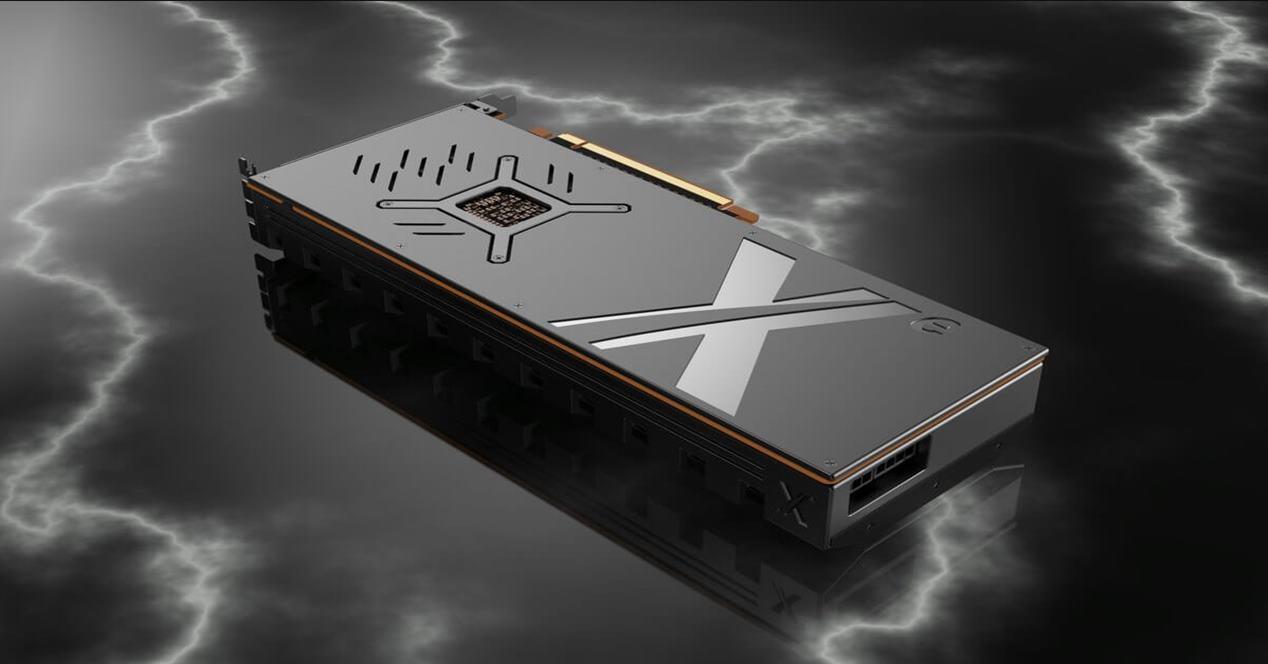The The last dedicated graphics card launched by Intel was the Intel i740, that was in the late 90s, and the card was surrounded by incredible anticipation as it was based on Real3D-100 technology from 3DLabs, a label for consumer hardware that Lockhead Martin had created with his background in work on arcade equipment. from Sega.
But Ito i740 was a bad performance joke, capped by Intel’s obsession with selling the then recently launched AGP port, which has led Intel to have a primarily testimonial share in the graphics card market.
It’s been raining a lot since then, and Intel decided to come back with the Intel Xe, but unlike 22 years ago, GPUs now cover a lot more markets outside of video games.
Intel GPUs to defend against AMD

There are several clues that make us think that AMD intends to carry out this strategy, like Smartshift and Smart Access Memory, which are ways to promote the combination of AMD processors and graphics. While AMD can offer an unbeatable CPU and GPU combination for gaming laptops and all-in-ones, Intel is losing significant market share.
Not only would I lose it for gaming, but also for users who need a powerful GPU as the applications they use depend on the performance of the graphics they have in their systems.
Raja Koduri is the key

Koduri landed at Intel after leaving AMD, being the scapegoat for AMD Vega fiasco, an enhanced version of AMD’s GCN architecture. And is Koduri has specialized in all this time to improve existing architectures to bring them to their maximum capacity, in which among its achievements stands out Apple’s graphics architecture derived from the imagination of PowerVR
The Intel Xe architecture is not a clean slate from Intel when it comes to its graphics technology, but rather an optimized and improved version of what they already have in their portfolio.
The HPC market is Intel’s target with its GPUs
As is the case in the automotive world, where Formula 1 car technology ends up in road cars, all the technologies developed for supercomputers end up being applied to personal computers.
That is why securing contracts to build huge supercomputers is very important for manufacturers., being one of the challenges that have arisen in recent years is to achieve 1 powerful ExaFLOP
This is where the development of Intel Xe technology is important, which is why the first presentation with a face and eyes they made was related to the Intel Xe HPC, which is closely related to the supercomputer. Aurora.
It must be taken into account that for high performance computing, what is done is to separate the processes into two types: on the one hand, those which are easily parallelizable which are executed by the GPUs, while on the other we have those that they run in series and depend on serial performance where the processors are best.
This is in parallel with performance via GPU where Intel is currently losing yes or yesbecause they don’t have a fast enough GPU for that. It’s more, not have a competitive GPU in Artificial Intelligence and high performance computing, a market in which NVIDIA has sat on its throne with an iron rod.
And what about the gaming market?
The fact that we haven’t seen the Intel Xe HPG in any way yet and are nothing more than a product on a roadmap is what confirms that Intel’s strategy is not done by competing you against you against NVIDIA’s RTX 3000 and AMD’s RX 6000, which were already on the market at this time.
The reason is that at this moment the ignorance of the performance of the Intel DG2 on which the Intel Xe HP and HPG will be based, at the moment we must the performance of the Intel DG1 architecture lags behind what AMD and NVIDIA offer on par.
It’s more, Intel Xe HP architecture seems higher against competition from AMD Instinct and NVIDIA Tesla than against Radeon and GeForce. While if the Intel Xe HPG rumors are true, we’d be faced with a mid-range card that we hardly know all about and that has a huge surge in order to overcome the 2021 reviews of the RTX 3000 and RX 6000.
If we look at the presentation in the Intel Xe Architecture HotChips, we will see how Intel marks it as optional units which are essential for rendering graphics in real time.


The fact that Intel already has the Intel Xe HP ready, but we haven’t seen the Intel Xe HPG. At least for the moment, This is what makes us think that Intel’s motivation to release its own GPUs is not in the gaming graphics card market. as many imagine.
Table of Contents












